The human body operates in intricate and fascinating ways, especially when it comes to the complex interplay of hormones and behavior. One phenomenon that has garnered significant attention is the correlation between ovulation and heightened intimacy urges in girls. Research suggests that girls experience a surge in sèxual desire and attraction during their ovulation phase, which occurs midway through their menstrual cycle. According to webmd, This article delves into the science behind this phenomenon, exploring the hormonal changes, evolutionary theories, and psychological factors that contribute to girls' increased intimacy urges during ovulation.

1. Ovulation and the Menstrual Cycle
Ovulation is a critical phase in the menstrual cycle, occurring approximately 14 days before the start of the next period. It involves the release of a mature egg from the ovary, making it available for fertilization by spèrm. During ovulation, a complex interplay of hormones takes place, primarily involving estrogen and luteinizing hormone (LH). These hormonal changes not only trigger the release of the egg but also influence various aspects of a girl's physiology and behavior.
2. The Role of Hormones: Estrogen and LH
Estrogen, often referred to as the "female sèx hormone," plays a pivotal role in the menstrual cycle. As ovulation approaches, estrogen levels rise significantly. This hormonal surge contributes to changes in cervical mucus consistency, facilitating sperm transport and survival within the reproductive tract. Additionally, elevated estrogen levels lead to the thickening of the uterine lining, preparing it for potential pregnancy.
Luteinizing hormone (LH) plays a crucial role in triggering ovulation itself. A surge in LH levels prompts the release of the mature egg from the ovary. The LH surge is an indicator that a girl is in her fertile window and is about to ovulate.
3. Evolutionary Perspectives
Evolutionary theories offer insights into why girls experience heightened intimacy urges during ovulation. One prominent theory is the "concealed ovulation" hypothesis, which suggests that human females evolved to conceal their fertile phase to maintain male interest and investment throughout the menstrual cycle. By experiencing increased sèxual desire during ovulation, girls may unconsciously encourage more frequent sexual activity, increasing the chances of conception during their most fertile period.
Another theory, known as the "sperm competition" hypothesis, posits that heightened intimacy urges during ovulation may be an adaptation to promote competition among sperm from different males. The idea is that by engaging in sèxual activity with multiple partners during ovulation, females can increase the likelihood of fertilization by the most viable sperm.
4. Psychological Factors
Psychological factors also contribute to the increased intimacy urges experienced by girls during ovulation. Research suggests that girls may be more attuned to potential partners' attractiveness and assertiveness during this phase. Ovulating girls tend to rate men with more masculine features as more attractive and are more likely to engage in behaviors aimed at attracting and maintaining a partner's interest.
Furthermore, girls may experience changes in their mood and self-perception during ovulation. Some studies suggest that girls may feel more self-assured, confident, and outgoing during this phase, which could contribute to an increased willingness to engage in intimate activities.
5. Enhanced Sensory Perception
During ovulation, girls may exhibit enhanced sensory perception, particularly when it comes to picking up on subtle cues related to attractiveness and pheromones. Pheromones are chemical signals released by individuals that can influence the behavior or physiology of other members of the same species. Research has shown that girls are more sensitive to male pheromones during ovulation, possibly increasing their attraction to potential partners.
6. Increased Libido
The hormonal fluctuations that occur during ovulation can also lead to an increase in libido, or sexual desire. Rising levels of testosterone, which is present in both males and females but at higher levels in males, can contribute to heightened sèxual desire in girls during this phase. This increase in libido is part of the body's natural response to maximize the chances of conception.
7. Individual Variation
While many girls may experience heightened intimacy urges during ovulation, it's important to note that individual variation exists. Factors such as hormonal balance, psychological state, and personal preferences can influence the extent to which ovulation impacts a girl's intimacy desires. Some girls may notice more significant changes in their sexual desire during ovulation, while others may not experience as dramatic a shift.
8. Implications for Relationships and Health
Understanding the connection between ovulation and increased intimacy urges can have implications for relationships and sèxual health. For couples trying to conceive, recognizing ovulation-related changes in sèxual desire can help them time sèxual activity to maximize the chances of pregnancy. Additionally, acknowledging the impact of hormones on sexual desire can foster open communication between partners and enhance intimacy in relationships.

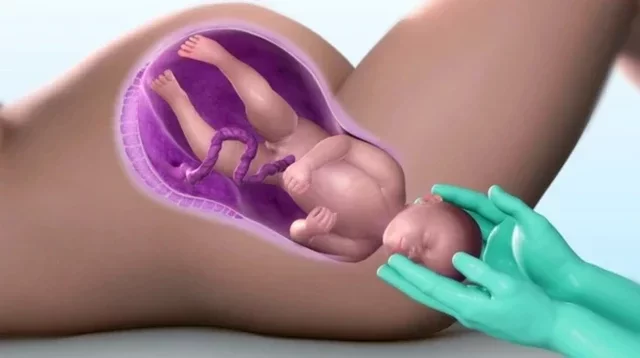

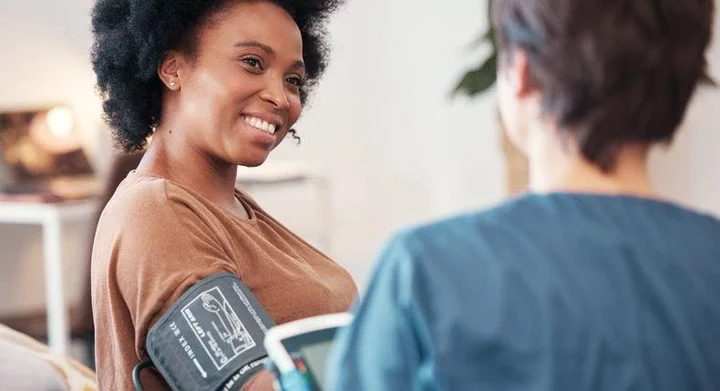

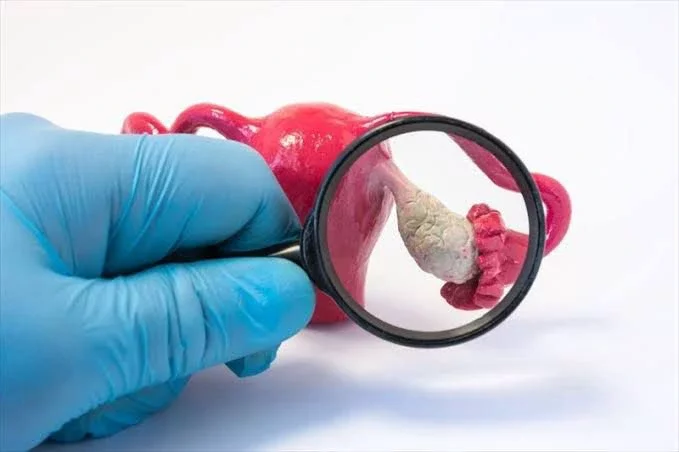
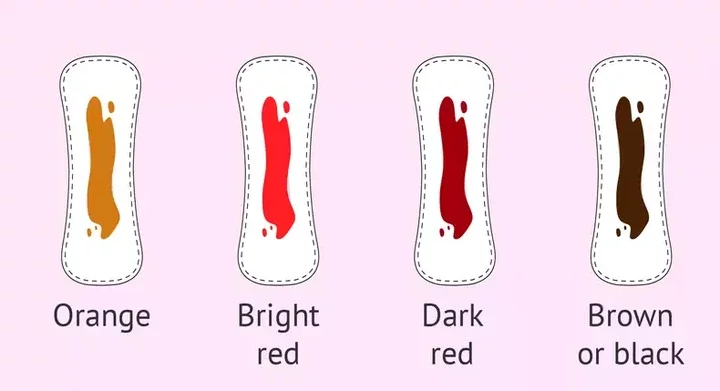

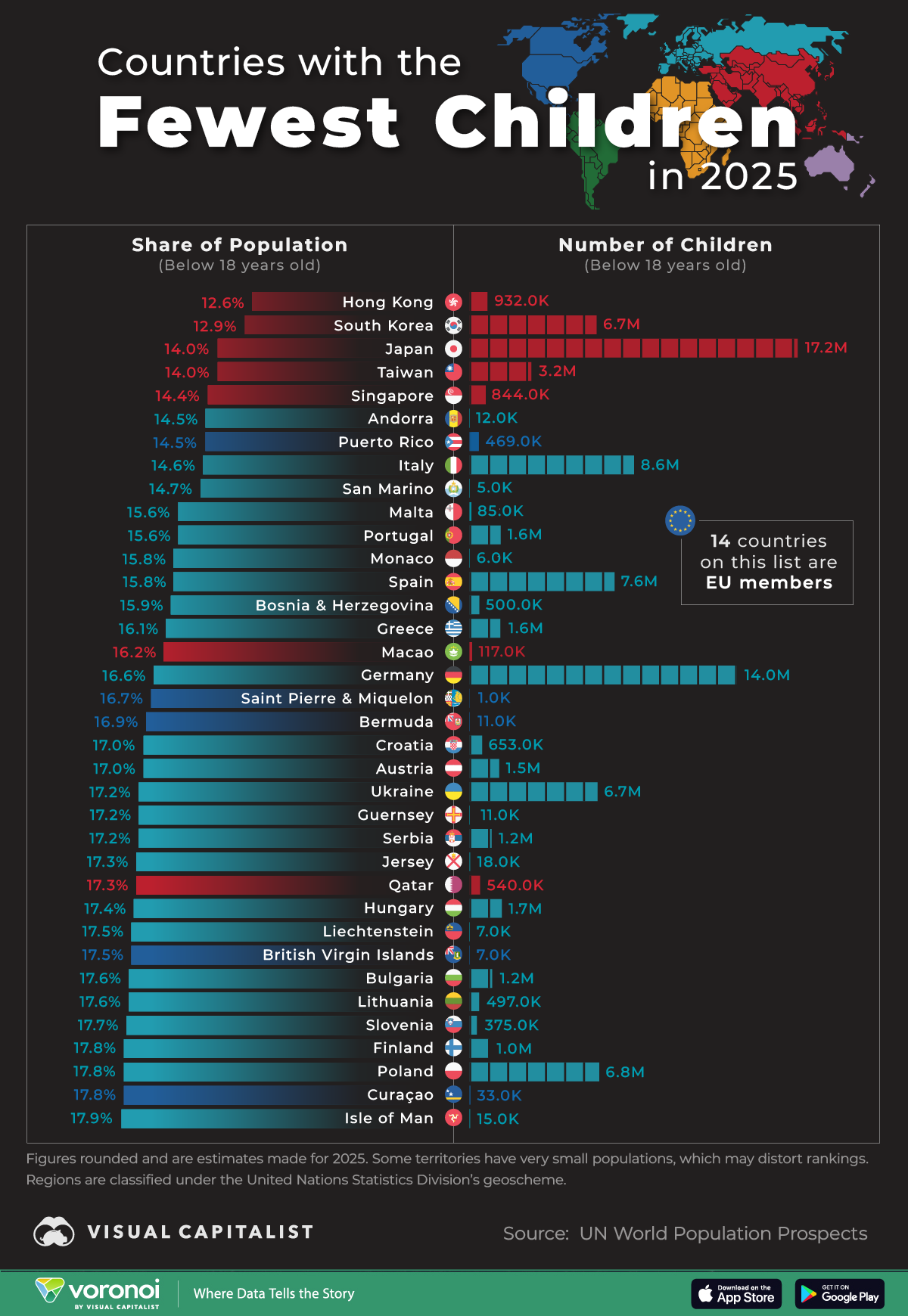








Comments